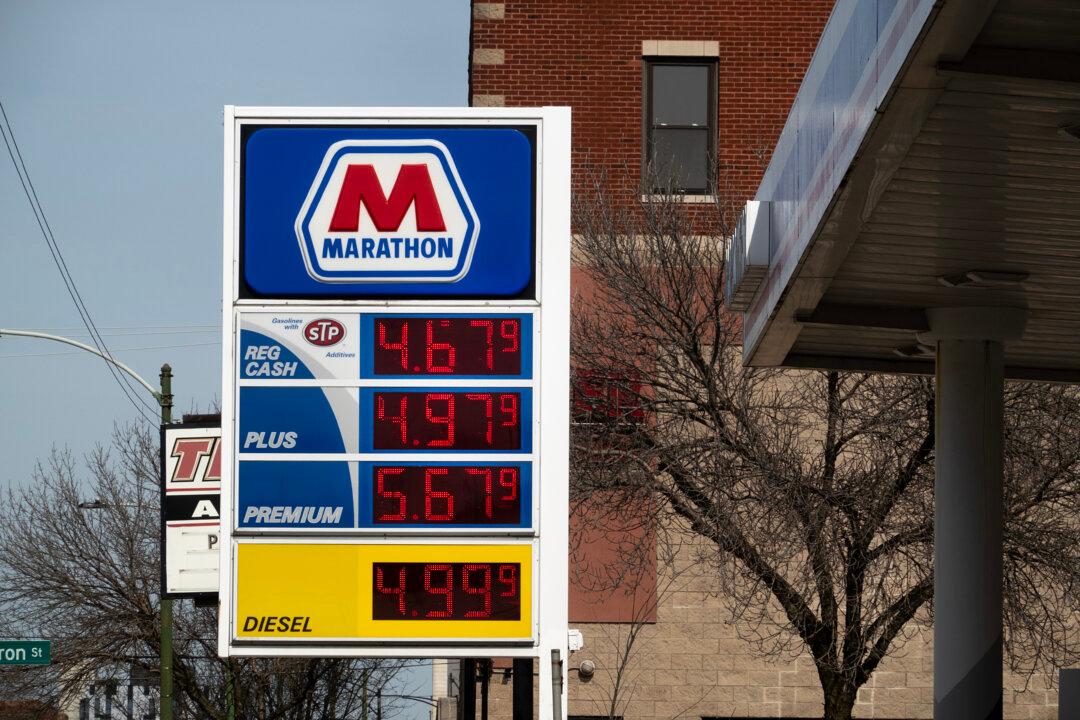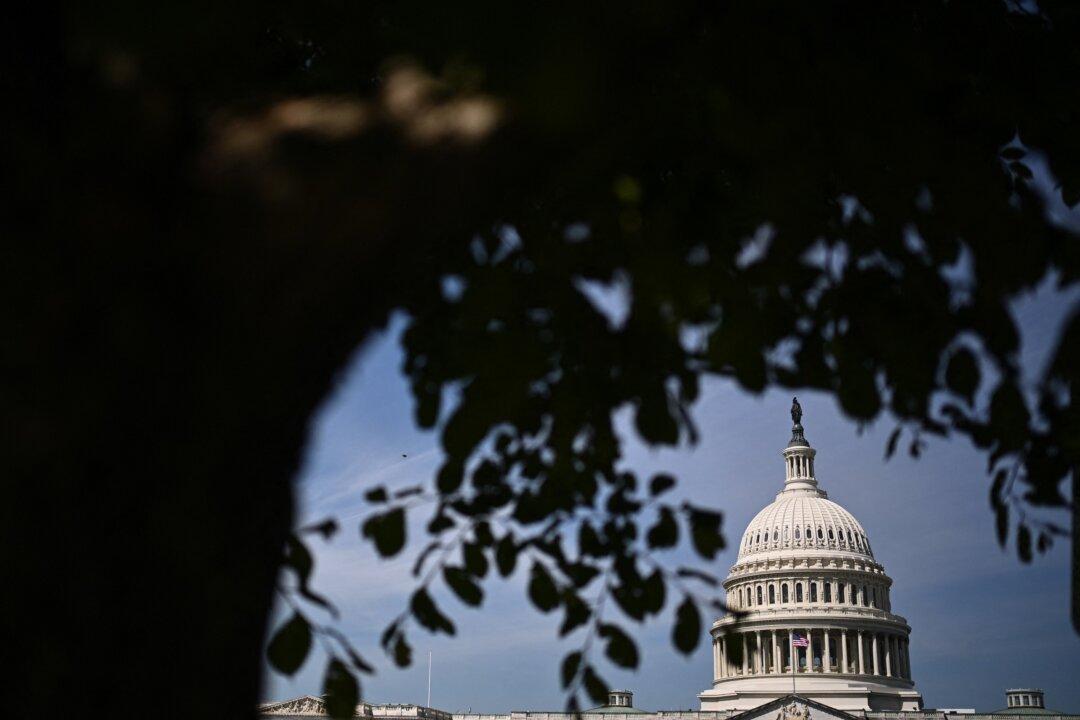Commentary
There is no question the Federal Reserve will raise rates this year, with most analysts expecting the first rate increase in March. Goldman Sachs estimates the Fed will raise rates seven times in 2022 and prices in nearly all categories are surging to 40-year highs.





